Opening of the National Museum of African American History and Culture
October 5, 2016
The expansive spectrum of Smithsonians and art galleries make Washington, D.C a cherished location for culture-loving tourists. One can satisfy any of their wide ranging passions in one of D.C’s museums from contemporary and classical art, to aeronautical science, to an interest in the history of the Native Americans. And now at long last, Washington seems to have satisfied one of the last remaining untouched areas of interest with its recently opened National Museum of African-American History and Culture.
On September 24th the museum was opened at an inauguration ceremony by our nation’s commander-in-chief alongside 99 year-old Ruth Bonner, the daughter of a man born a slave in the state of Mississippi. To have the striking contrast of a symbol of our country’s dark past and the triumphant accomplishment of the present day, standing side by side, was almost something of a metaphor.
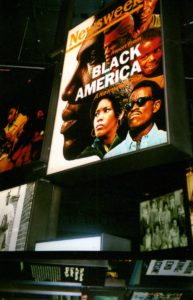
A wide range of notorious guests from Oprah Winfrey and Will Smith to Supreme Court Chief Justice John G. Roberts Jr. were present to witness the momentous occasion.
The outside of the museum is a stunning work of architectural brilliance with three inverted trapezoids stacked on top of each other to resemble a concrete flower. Inside the museum, the floors are ordered chronologically. The journey begins at the first floor to explore the history of the beginning of the slave trade in the United States and the Civil War. Available for the visitors are actual slave shackles that bound the feet of arriving slaves and actual whips used against their backs to expedite labor.
Depicted along the walls are images of the European cargo ships where Africans were packed into the bottom to be transported to the Americas, sometimes stacked on top of each other, sometimes thrown overboard into shark-infested waters when ships were accidentally over-packed.
The walls also told the stories of many of the nameless slaves lost to the consumption of time. One narrative told the story of a woman being forced to part with her baby at a slave auction:
“They ordered the woman to lay down her child and mount the auction block; she refused to give up her little one and clung to it as long as she could, while the cruel lash was applied to her back for disobedience. She pleaded for mercy in the name of God. But the child was torn from the arms of its mother…” said Henry Bibb, 1849
Throughout the halls, the echoes of voices telling stories of the times are played on a loop from a speaker, recounting the gross narratives of little girls purchased for the sole purpose of being raped.
On a somewhat lighter note, is the second floor, that depicts images of the Jim Crow era and throughout the civil rights movement. Heroes of the 50’s and 60’s like Dr. King and Malcolm X are blown up and mounted on the walls like gods. A 100 foot by 100 foot flat screen shows actual images of civil rights protesters from 50 years ago, marching on Washington and fleeing the water hoses and gas bombs hurled at them by police. Every few slides, old images are contrasted by contemporary ones of the Black Lives Matter movement happening now. Often they held a striking resemblance to one another.
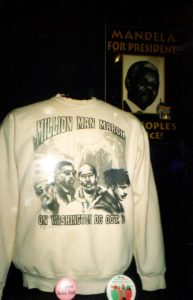
Other notorious heroes are shown like young Ruby Bridges who single-handedly integrated an elementary school in New Orleans, Louisiana at only six years old, and Rosa Parks who battled injustice by refusing to vacate her seat. More prominent than all else is the spirit of the enduring courage and perseverance of those who sought equality after being repeatedly denied it.
Finally on the third floor, a somewhat solemn energy finally gives way to a vibrant resolve with contemporary figures of black excellence shown everywhere. Available to walk through is the most vibrant gallery of art one could ever imagine depicting the art of all black artists like Lorna Simpson and Rashes Johnson. Black champions of every area of American society from sports to music are displayed throughout the third floor from Beyonce, to Diana Ross and Run D.M.C to Michael Jordan, Muhammad Ali and Gabby Douglass. The third floor exhibits how blacks over time traded their slave titles for titles of honor and excellence in seemingly every area of pop culture today.
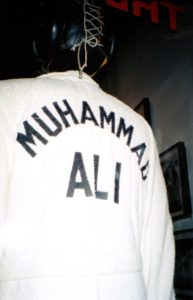
There is an electrifying colorful spirit of music, art and culture invented and perpetuated by the black community that is unlike any other. The story of the gruesome journey for equality is still somehow present in the abstract and beautifully philosophical product that is black art and all that they created including black fashion and black hairstyles, jazz, the blues, hip-hop and funk.
The third floor also demonstrates the peak of African American victory with an exhibit on the presidency of Barack Hussein Obama, his wife Michelle and their two daughters Sasha and Malia. To be able to walk from the first floor where slaves were brought into the United States as property up to the third floor to see a black man being sworn into the presidential office of a country that once did not consider him a human being is a truly stunning experience.
It is humbling to say the least to witness with one’s own eyes the story of African-Americans being told so beautifully and courageously in a way it has never been told before. The National Museum of African American History and Culture is a testament of the bravery of African-Americans in this country, what they came here as, and what they have made of themselves over the course of the last four centuries.
Not so long ago it would unbelievable to think that the beauty that is black history would have its very own home in our nation’s capital. It would be encouraged for anyone, regardless of race to visit this museum and any visitor will harmonize with the stories told there because the story of struggle, perseverance and overcoming is a story that has no color.


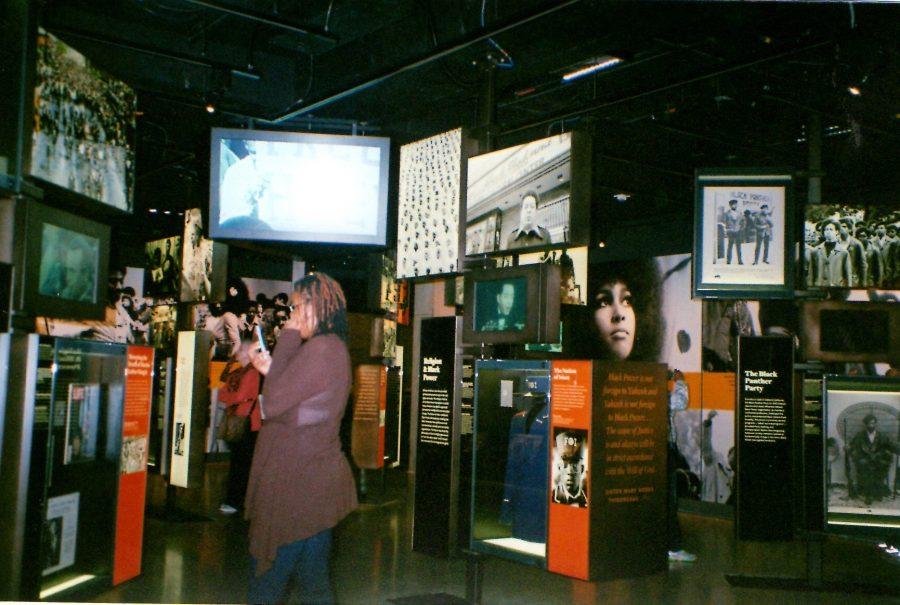



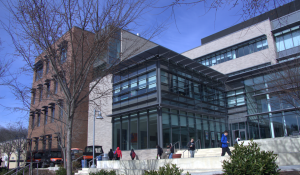






Emeka • Nov 4, 2016 at 7:05 am
Well written! I enjoyed reading your recollection and look forward to my visit.
Dionne Craig • Nov 3, 2016 at 5:11 pm
This article is so beautifully detailed and vivid that it takes the reader on a personal tour of the museum. I am even more inspired to visit. Thank you Morgan Terry for this excellent review.